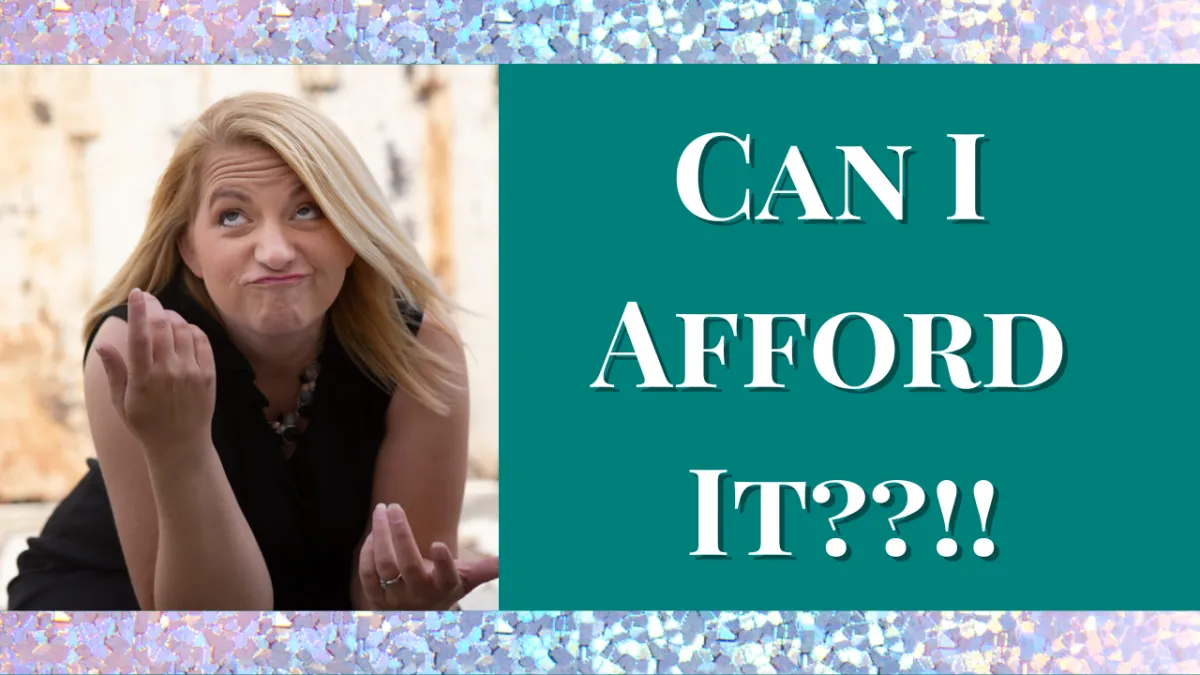

Can I Afford It?
It’s time to learn how to break down the facts to the question, “Can I afford it?” so we can make decisions based on facts instead of just feelings. We’re going to break down how to decide to invest and know that you can afford it.
Some things Studio Owners invest in are:
Larger facility
Hiring an assistant or staff member
Going to retreats or conferences
New stereo system
New mirrors or new floor
Hiring a coach or mentor
Saving for retirement
Get clarity about what you really want to invest in first.
If the investment is a tangible item, you should set money aside for them and purchase them when you have enough money. You can learn to do this by reading the book Profit First. This book could absolutely transform the way that you do business or the way that you view your money. It allows you to set up separate funds for specific items. So if you know that you want to make a facility improvement, like floors or mirrors, you set up a separate account for that. And as soon as your revenue comes in, you allocate.
The other type of investments are those that create a return on investment. Knowing the rate of return on your investment will figure into the ‘can I afford it’ conversation. When you go to invest in any sort of programming, whether that's curriculum or coaching, you have to figure out the return on investment. How long will it take you to recoup your investment and start seeing a profit from the investment?
There is going to be a little bit of a learning curve, and that's okay. That's part of the beauty of the journey. You should be able to see a return on your investment, for whatever you invest in, at the maximum within a year. If it takes longer for you to not only recoup your investment but then to start turning a profit, I would really look at why and if it’s worth it to still invest.
If f you are a solopreneur and you're doing this all on your own, your first investment should be in support that then either helps you create and generate more revenue or takes stuff off your plate so then you can create more revenue.
No matter the investment, it should help get you to your big goals and your big vision.
Now I'm going to talk about this little third piece of investment. It’s all about what's possible and the math behind the possibility. You need to do the MATH behind the possibility. Let’s say you want to invest in a coaching program, like The Empire Roundtable Mastermind. How many students will it take, above what you have now, to pay for this mastermind each month? If you do the math and put it on paper, you’ll know exactly what you need to make it happen. And, with the strategies you’ll learn and a few tweaks, you could make an ROI very quickly.
Sometimes we don't actually put the two and two together to find out would equate to X amount of students. It also goes back to what's your profit margin - your expenses, your numbers, and your overhead. Learn this term: CPOC, Cost Per Occupied Classroom. How many students does it take to keep the lights on versus how much profit is possible for each class? You need to know these numbers to make informed decisions.
